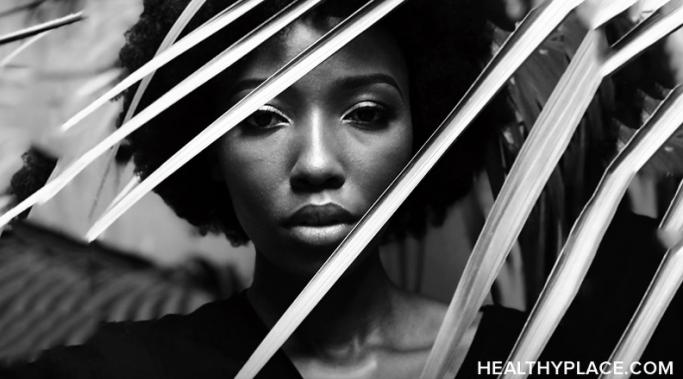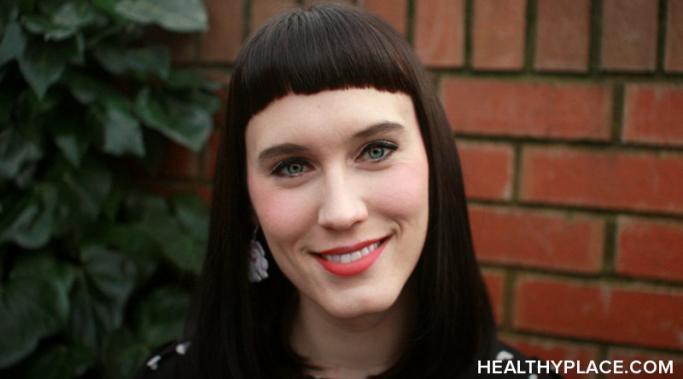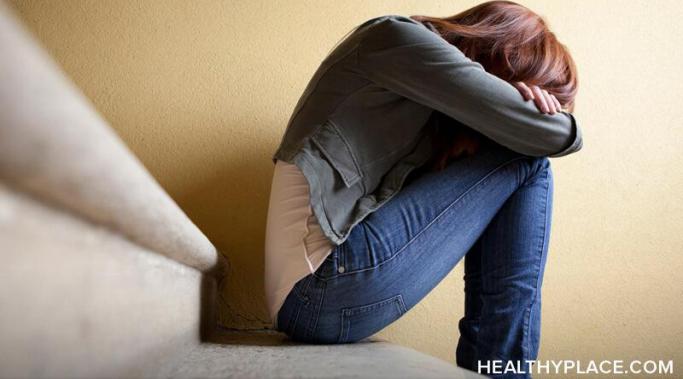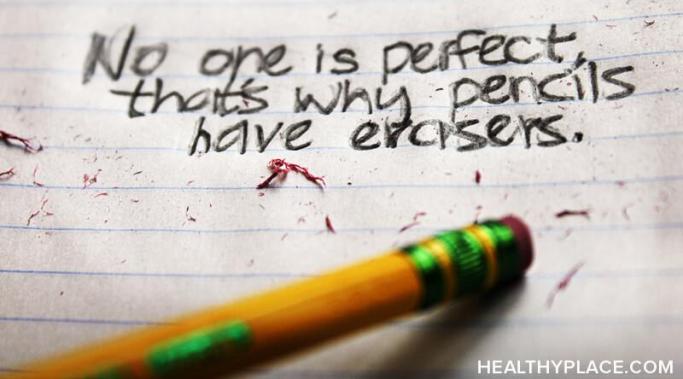Going on vacation with borderline personality disorder can bring added challenges. A few years ago, when I was on vacation with my friend in France, I found myself crying on the bathroom floor in the middle of the night becoming increasingly distressed and desperate to be at home. I love going on vacation and being lucky enough to explore new places, but there are times when going away causes me additional challenges for managing my borderline personality disorder (BPD).
More than Borderline
If you have borderline personality disorder (BPD), you might relate to me when I describe my intense emotions as being on full volume. Rather than feeling a little sad or mildly happy, I tend to feel intense despair or ecstatic joy. Often when I feel an emotion, it's all-consuming as if the emotion has taken over me completely.
What are borderline personality disorder (BPD) and my fear of abandonment like for me? Borderline personality disorder keeps abandonment on my mind. I have a long-term and near-constant fear that the people I love are going to stop loving me. This fear of abandonment caused by BPD makes me worry that my relationships could be lost at any given moment and stops me from relaxing because I feel relentlessly on edge.
My name is Rosie Cappuccino and I’m a writer, an artist, and the new "More than Borderline" blogger here at HealthyPlace. When I was first diagnosed with borderline personality disorder (BPD) five years ago, I felt isolated, frightened and confused about what this diagnosis meant for me. When I read up about the condition in books and online, I discovered that BPD is one of the most deeply stigmatized mental health conditions. It felt awful to be misunderstood and stereotyped as manipulative, attention-seeking and untreatable.
Am I grateful for my borderline personality disorder (BPD)? Yes. Years after my initial diagnosis, I can honestly say I am grateful to have received the diagnosis of borderline personality disorder and for the life I've lived with both the difficult moments and the beautiful ones. It might seem counterintuitive, but there have been unexpected gifts of receiving a diagnosis of BPD. Today, as I close out one year since I started writing this blog, I wanted to share a few of the unexpected gifts of living with BPD and why I'm grateful for my borderline personality disorder.
Dating with borderline personality disorder (BPD) may be difficult because BPD is marked by intense and stormy interpersonal relationships. It’s a part of the diagnostic criteria of BPD. In my own personal life, romantic relationships were often marked by drama and more drama. I brought drama and I attracted drama. So is it realistic for those of us with BPD to ever date again? Are we really capable of building healthy romantic relationships? With a little bit of work and commitment, I wholeheartedly believe this answer is yes. Whether or not we have BPD, we are human beings. And human beings are wired for relational connections, including romantic partnerships. Today, I’ll share some tips to keep in mind when dating with borderline personality disorder.
In the video below, I’ll talk about my experience of feelings of shame and borderline personality disorder, as well as some tips for coping with the shame within borderline personality disorder.
Learning how to cope with suicidal thoughts combined with borderline personality disorder (BPD) is extremely important. Suicidal thoughts, suicide attempts, and self-harm behaviors are all a major part of the borderline diagnosis. I’ve written about suicidal thoughts and borderline personality disorder before, but today I’d like to focus on how to cope with suicidal thoughts in BPD and what to do when these thoughts arise. Today, I’ll share with you how I learned to self-soothe and cope with big feelings and suicidal thoughts in BPD. With Suicide Prevention Month almost behind us, I believe it is so important to open the conversation and dialogue about borderline personality disorder, coping with suicidal thoughts and suicide prevention. The stigma surrounding borderline personality disorder is real and so is the stigma surrounding suicidal thoughts.
Perfectionism isn’t something that is often associated with borderline personality disorder (BPD). Those of us with this diagnosis of BPD can often be perceived as out of control and chaotic, so what does that have to do with perfectionism? From my experience, there is a relationship between BPD and perfectionism that can impact all areas of our lives. Perfectionism crept into my body image, my personal relationships, and my academic and professional endeavors. It stems from the black-and-white thinking or "splitting" within borderline personality disorder. In the video below, I’ll share a little bit more about how BPD perfectionism has impacted my body image, relationships, and professional life.
I’ve been thinking about what makes a good borderline personality disorder (BPD) therapist lately. I feel very fortunate for the relationship I’ve built with my therapist while recovering from borderline personality disorder. Therapy hasn’t always been easy, but I’ve been fortunate to be paired up with some really wonderful therapists over the years. Something I've learned is this: not all therapists are equally equipped to work with BPD. Today, I have one of the healthiest, and most fun and dynamic relationships with my therapist I've ever had. I’ve been thinking: what traits does an effective borderline personality disorder therapist possess? What qualities set one BPD therapist apart from another?









